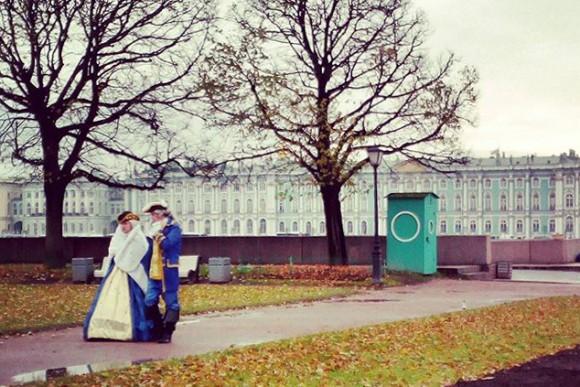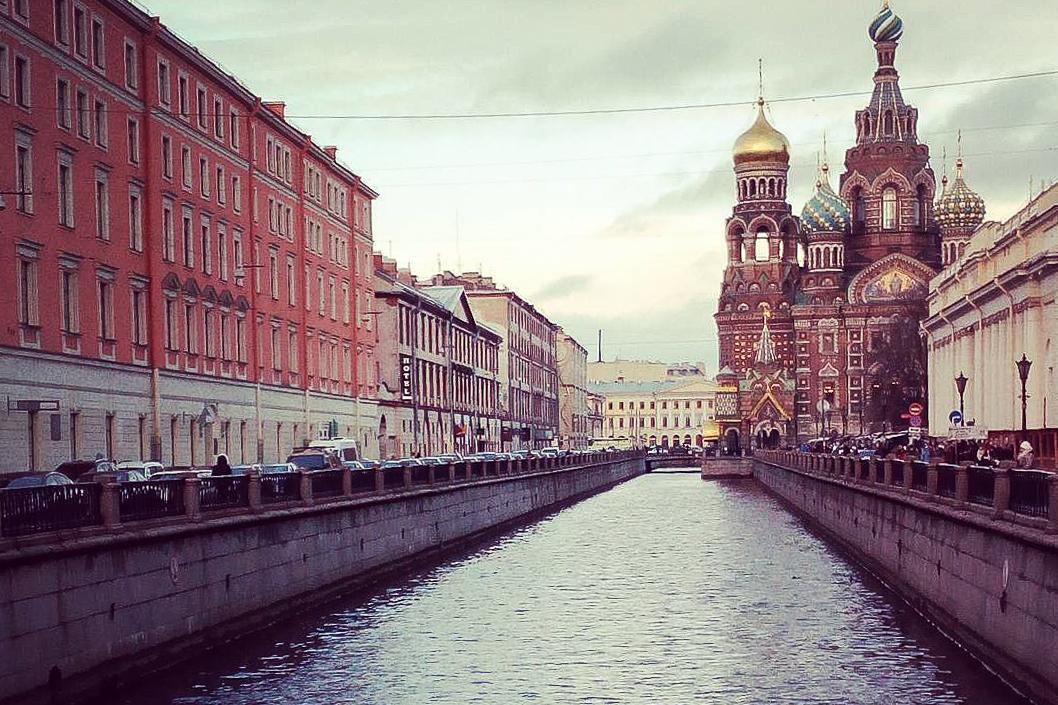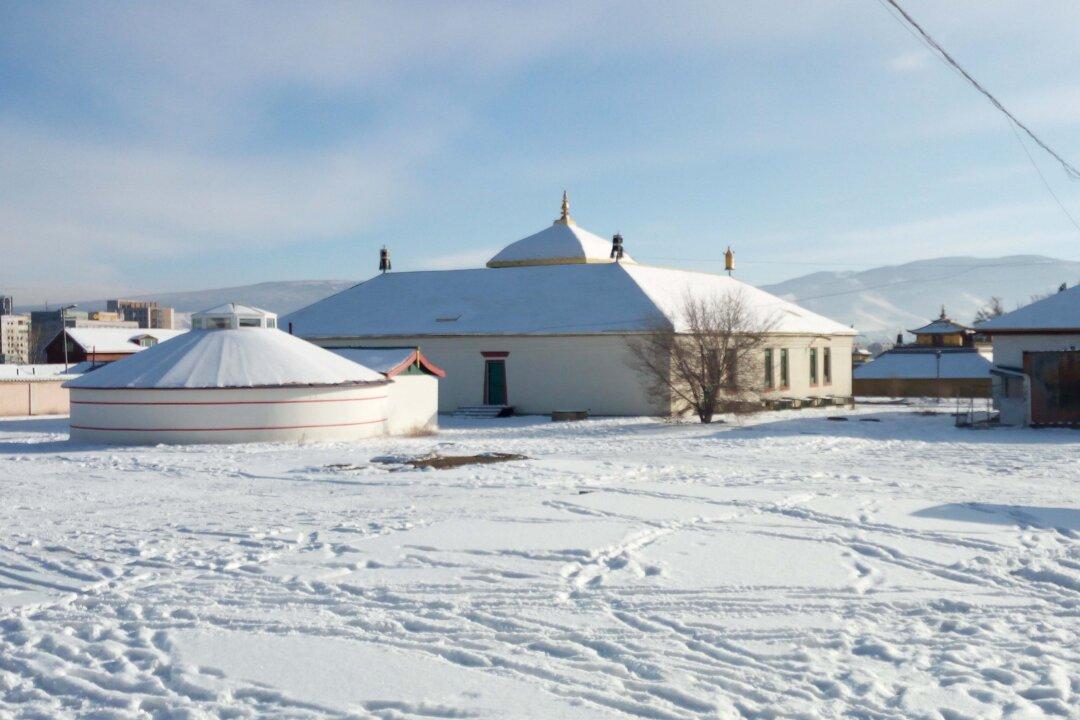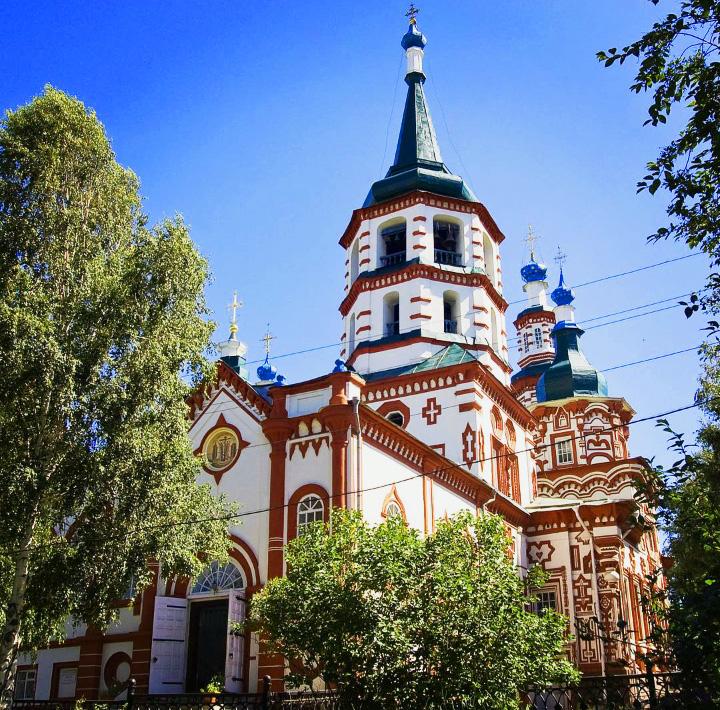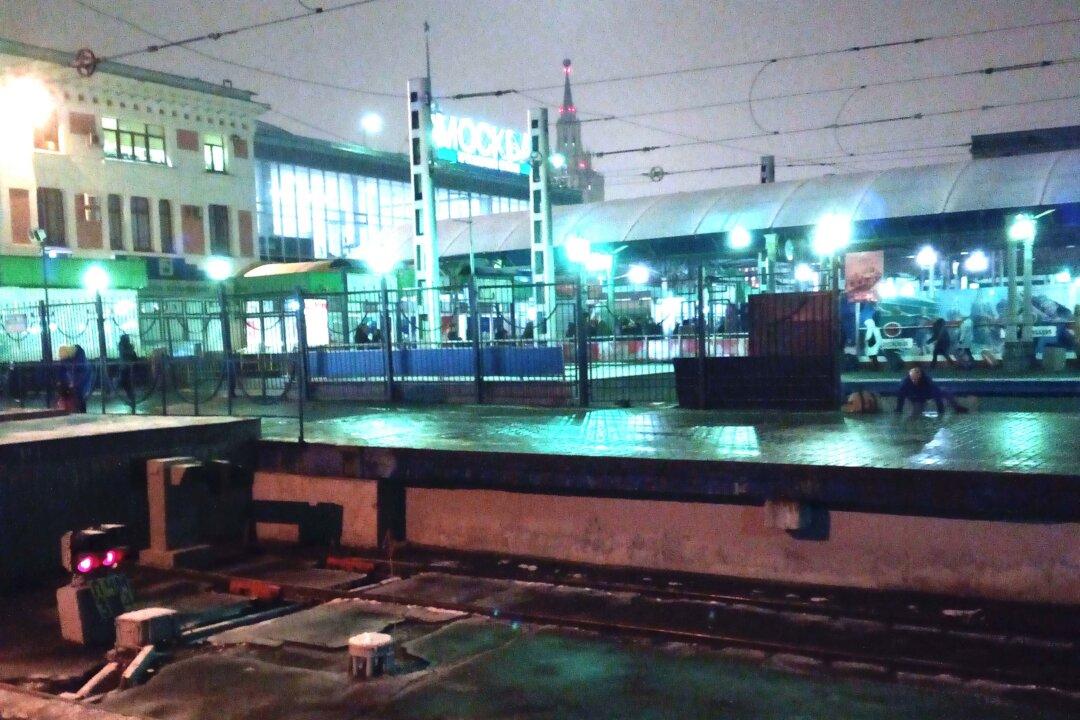The journey on the legendary Trans-Siberian Railway is one of the greatest travel adventures of our age. The Trans-Siberian Girl is traveling on the world’s longest train ride from St. Petersburg, Russia to Hong Kong. The travel from West to East took her to various places across Russia, Mongolia and China, a journey of over 10,000km. Read below about her tips, advice and stories on making the trip of a lifetime possible.
Ever since I was a child, I dreamed of taking the Trans-Siberian Train.
There were many questions and concerns coming from my family and friends before going. ‘Why are you taking the Trans-Siberian railway alone, in winter time?’ and also ‘It’s too dangerous now!’ The Trans-Siberian is still on the top of the bucket list of many travelers and remains a lifeline for millions of Russians. Personally, I always had a fascination for train rides but the simple answer was, that there is a certain mystery about riding the world’s longest and oldest railway in the largest country in the world. It isn’t only a triumph of engineering but a view into another world of the perhaps one of the most mysterious nations in the world.
The Trans-Siberian was built between 1891 and 1916 under the supervision of Russian government ministers personally appointed by Tsar Alexander III. There is a lot of history, sweat, blood, tears and even death that were left on the train path by the workers completing the route that connects Moscow with the Russian Far East.
It was only natural that I wanted to see the country that offers 11 time zones and experience what it was like to spend time riding in the train for days and nights at a time, visiting places I’ve only read about. Alone, the word ‘Siberia’ makes a lot of people anxious and they think of cold, snow and the movies about escaped prisoners from the Gulag camps. So there I was, packing my backpack and small suitcase that contained mostly instant soups and noodles for the train ride, for what was to be my journey of a lifetime - and it certainly was.
Saint Petersburg
I wasn’t really sure what to expect when I landed in St. Petersburg for the first time. I actually didn’t really have a plan. It all happened so fast. I found a Russian Agency in Munich, Germany that provided me with a Moscow invitation letter and then the next day I got my visa and booked my flight to St. Petersburg, one way and without a Trans-Siberian ticket for the train. I didn’t even know where I was going to stop on the way and which route I would take. All I knew was that I wanted to reach Beijing first and stop over in few places on the way. So there I was, first time in St. Petersburg and on my way from the airport, got out at the wrong bus station. Never mind though, I tried to ask around where exactly I was and soon found out that English isn’t necessarily the best-understood language to use in Russia. My Slavic language skills took me further and so I a young friendly boy showed me the way inside the underground station and offered his help.
I found myself riding down the escalators in Admiralteyskaya station, the deepest subway station in Russia. With the typical platform lying 187 feet below ground, St. Petersburg has the deepest subway system in the world. Russia’s second-largest city after Moscow, with an important port on the Baltic Sea, has approximately 5 million people.
